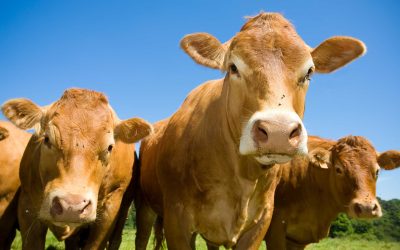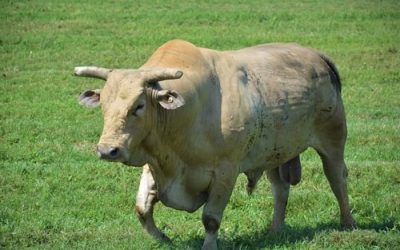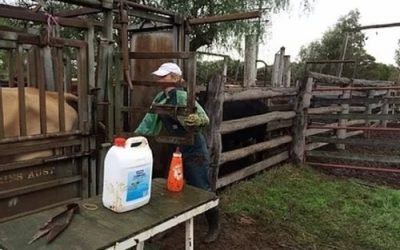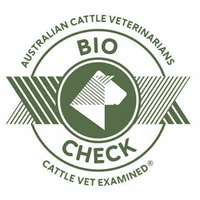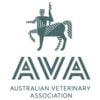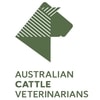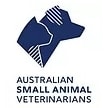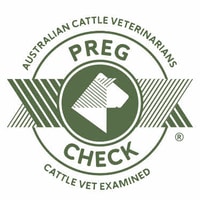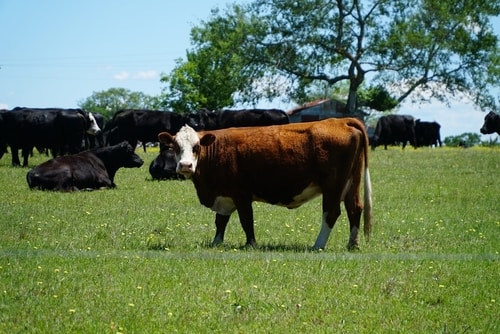
Feeding cattle grain is a very common practice in this area but it doesn’t come without it’s risks. One of the most common conditions we see is grain poisoning or acidosis, which can be fatal however the good news is that there is a lot we can do to prevent it!
How the gut works
First of all its important to understand how the ruminants gut works. As we know cattle have 4 stomachs, and the rumen is the largest and most important to us in this article. Within the rumen there are millions of tiny bacteria which work to digest the food cattle eat, and make it into a more readily digestible form. When cattle change feeds rapidly, particularly from grass to grain there is a sudden change in the bacteria.
Instead of “good” bacteria, we get a rapid increase in the acid-producing bacteria, and the “good” bacteria will die off. This results in a sudden drop of the pH in the rumen to a highly acidic environment which causes damage to the rumen wall, stop to normal rumen contractions and a very unhospitable environment to the “good” bacteria.
It also promotes water being dragged into the rumen, which actually causes the animal to become very dehydrated as all the fluid it has is drawn into the rumen where the rest of the body cannot use it.
Grain poisoning signs
Signs of grain poisoning differ depending on how severe the condition is.
Mild: Initially cattle will just get a reduced appetite and become quiet and depressed. Cattle may also start to develop mild diarrhoea. These cattle may recover from just removing them from any grain and then feeding hay only.
Moderate: These animals become obviously sick- heart and respiratory rate increase, bloating occurs and profuse smelly diarrhoea is present. These animals will generally require drenching with large volumes of fluids and buffers to increase the rumen pH.
Severe: These animals can become recumbent and can also develop nervous signs such as staggering and incoordination. These cattle will die without emergency treatment.
Even once cattle recover from these episodes there can be side effects in the coming weeks and months. Cattle with acidosis are more likely to develop liver abscessation, laminitis, chronic rumenitis and polioencephalomalacia (a serious nervous condition).
Prevention
The golden rule of feeding grain is to do everything gradually! The rumen takes 10-14 days minimum to change the bacteria to suit grain and in this time it is vital to provide plenty of their normal diet as well.
Fibre is key in the early days of grain feeding so plenty of roughage is important. Making hay the predominant feed for yarded cattle in the first few weeks of grain feeding is a good way to do this, and gradually increasing the grain daily. Cattle should not be put onto grain feeders with ad lib access straight up without gradual introduction or they will often get grain poisoning.
Some grains are also more potent than others; Wheat and Barley tend to be the worst, where as Sorghum and Corn are less likely to cause grain poisoning due to the differing feed content.
Feed additives
Other options for minimising grain poisoning cases include feed additives. One option that can easily be done by producers is to add buffers to the diet with the idea being that this will help increase the pH of the rumen in the early days. Sodium bicarbonate or sodium bentonite at 2% of the ration can be used in the first few weeks.
Other options include ionophores such as monensin, but consultation with a nutritionist is recommended before using these.
RELATED ARTICLES
Castration Techniques in Cattle and Small Ruminants
Castration Techniques in Cattle and Small Ruminants Throughout the wet season, The Pittsworth Veterinary Surgery have been seeing a few more cases of cattle and small ruminants with post-castration swellings and infections. So, we’ve compiled the few methods of...
Bovine Ephemeral Fever – 3 Day Sickness
3 day sickness is a disease of cattle seen predominantly in Southern - Eastern Australia down through NSW where the vectors (for eg. Midges) travel. The typical time period where cases tend to increase is January to April. With earlier Spring rain though, this...
Bull Semen Evaluation
We strongly recommend getting all bulls intended for use that season semen tested at least 2 months before they are intended to be bred with to allow for any problems that may arise to rectify themselves as well as time to look for a replacement bull if necessary....
Pregnancy Testing
Our Cattle Pregnancy Testing Here at the Pittsworth Veterinary Surgery we have the ability to provide ACV pregnancy testing tags under PREgCHECK. The benefits of pregnancy testing far out way the costs when you look at the costs involved in running empty cows and...
RELATED
ARTICLES
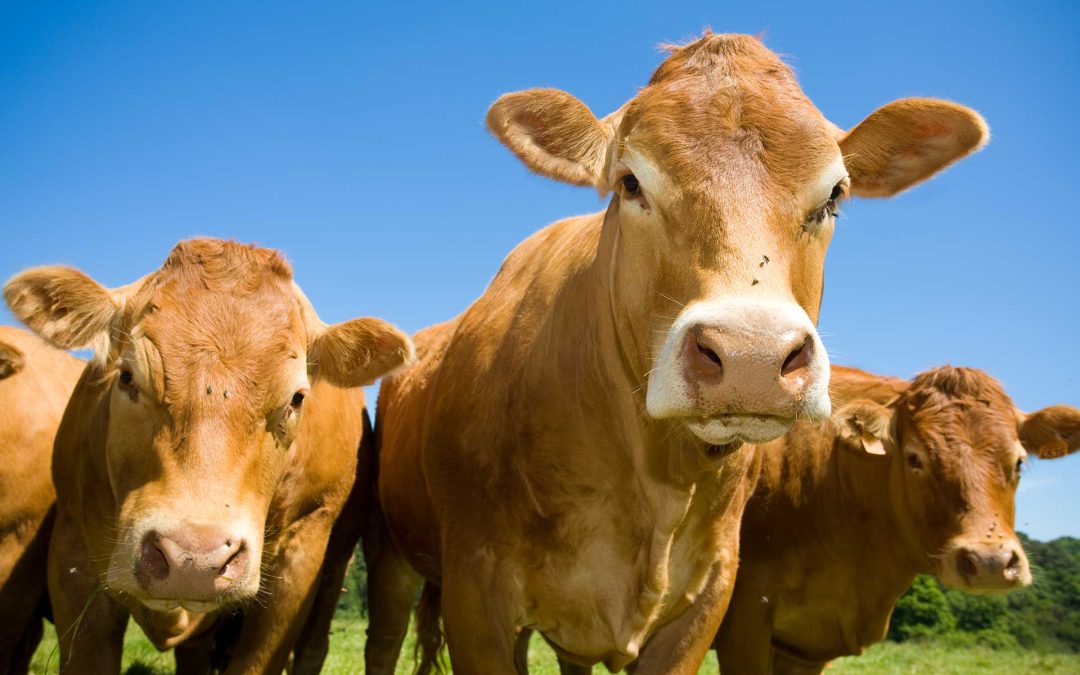
Castration Techniques in Cattle and Small Ruminants
Castration Techniques in Cattle and Small Ruminants Throughout the wet season, The Pittsworth Veterinary Surgery have been seeing a few more cases of cattle and small ruminants with post-castration swellings and infections. So, we’ve compiled the few methods of...
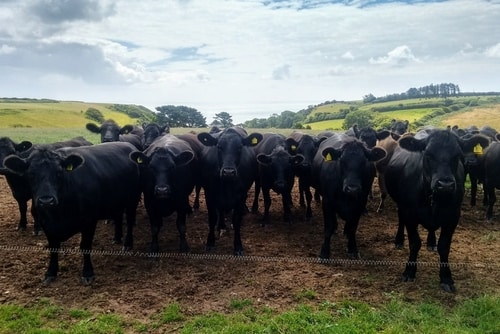
Bovine Ephemeral Fever – 3 Day Sickness
3 day sickness is a disease of cattle seen predominantly in Southern - Eastern Australia down through NSW where the vectors (for eg. Midges) travel. The typical time period where cases tend to increase is January to April. With earlier Spring rain though, this...
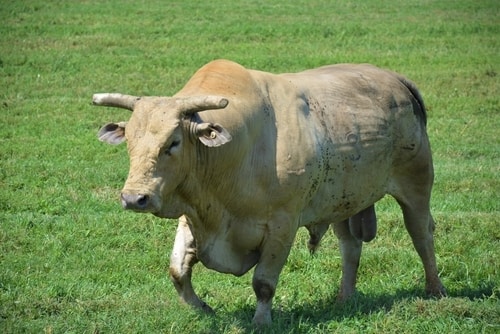
Bull Semen Evaluation
We strongly recommend getting all bulls intended for use that season semen tested at least 2 months before they are intended to be bred with to allow for any problems that may arise to rectify themselves as well as time to look for a replacement bull if necessary....
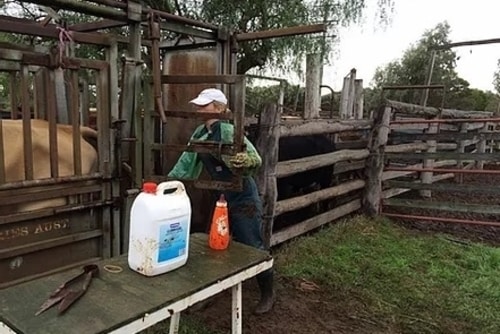
Pregnancy Testing
Our Cattle Pregnancy Testing Here at the Pittsworth Veterinary Surgery we have the ability to provide ACV pregnancy testing tags under PREgCHECK. The benefits of pregnancy testing far out way the costs when you look at the costs involved in running empty cows and...
Call Us Today To Discuss Your Animal Needs
Business Hours Phone: 07 4693 2233




